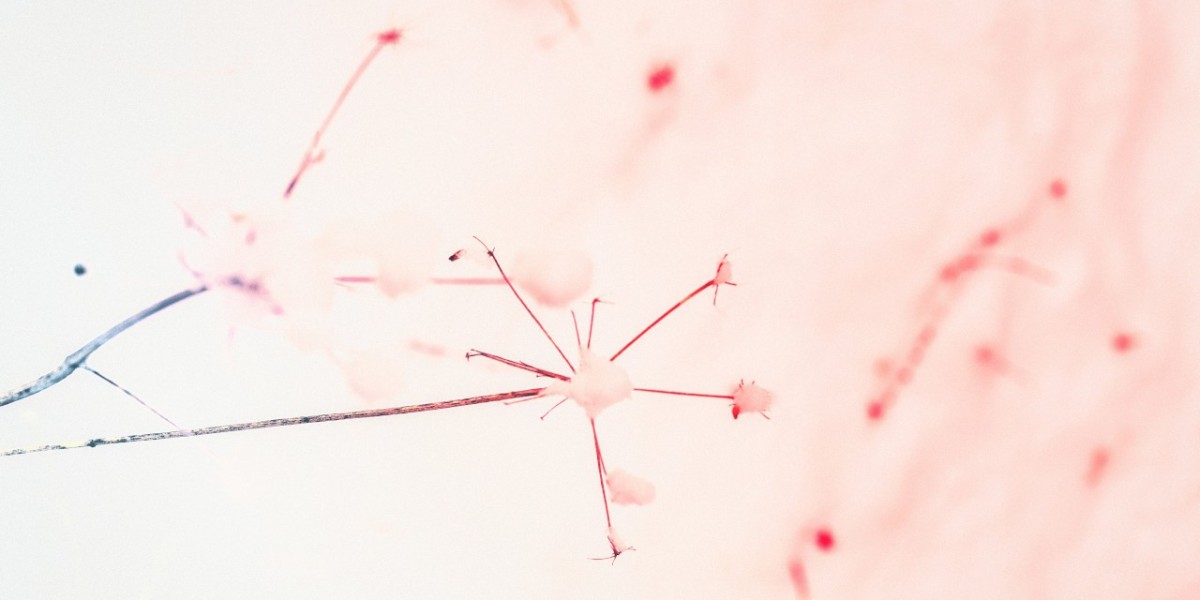The healing process for hair transplants varies depending on the operation's technique. One of the reasons we advocate for and only conduct FUE hair transplants is that the previous type of transplantation might result in greater difficulties and a significantly longer recovery time. This is because FUT hair transplant requires extracting a strip of skin from a donor location, which is a more intrusive process. Furthermore, the back and sides of the head typically contain donor hair, which makes it difficult for patients to sleep during the recovery phase due to the discomfort of lying on these sensitive areas.
What is the FUE hair transplant recovery time? In comparison to FUE, the incisions needed for hair extraction will be substantially larger. This means that the FUT hair transplant surgical recovery period will last at least five weeks. However, the scar may take considerably longer to fully heal. During this process, some individuals may develop puckered or keloid scars, which can be harmful. In contrast, the FUE hair transplant recovery process is straightforward and painless. At Alborj Hair Clinic, we do not provide FUT hair transplants, but we will always recommend the best hair restoration method for your hair loss and specific situation.
What is the recovery time for hair transplants?
The specific patient and their circumstances determine the healing time. The recovery time for hair transplant Dubai surgery should be approximately two weeks. The same time schedule applies for returning to work and your normal daily routine following surgery. We recommend avoiding vigorous activity, perspiration, high blood pressure, alcohol, and smoking as much as possible during the hair transplant recuperation period. Patients must wait the entire 12 or 18 months for regrowth before they can accurately assess their overall outcomes.
What to Expect from the Hair Transplant Recovery Procedure?
One of the reasons for the increasing popularity of these procedures is the reasonable healing time of FUE. During the initial phases of hair transplant recuperation, the area is likely to be fragile. All of our advice helps to ensure that the region remains safe and undisturbed throughout this time. However, bruising and scabbing may occur while the incision sites heal. This isn't cause for concern. We shouldn't remove them as they are unlikely to prevent regrowth.
Most hair transplants aim to restore the hairline, particularly in males suffering from male pattern baldness. As a result, many people who have had female-pattern baldness or hormone loss may prefer a thicker parting or hair around their temples. The initial stages of hair transplant recovery in these commonly recognized areas may appear unsightly. This is due to small scabs, fresh blood, and swelling. During the early phases of hair transplant recuperation, you may feel tightness and soreness on your scalp. Once you complete the prescribed antibiotic course, you can manage the minor discomfort, which is just transitory, with paracetamol. We will ask you to return to the clinic for another post-operative consultation after your full-term hair transplant recovery period. This is when the doctors may evaluate the area's regrowth and determine whether or not the transplant was effective. If additional treatment is required to achieve your desired look, you may also be able to schedule or receive a time frame for your return.
Hair transplants offer a long-term cure for hair loss. You may have some shedding during the FUE hair transplant recovery phase, which is perfectly normal. You should continue to follow the aftercare plan.
Is the hair transplant recovery procedure painful?
Although the hair transplant recovery process is generally well tolerated, most patients report little pain or discomfort. We use local anesthesia to numb the scalp and ensure the patient's comfort throughout the treatment.
Ten days after a hair transplant
Patients might expect to see some early improvements and progress in their recovery journey at the 10-day mark after a hair transplant Dubai. It is usual to experience scabbing and redness until the transplanted grafts settle into the recipient area, as they may still be in this phase.
Although most of the scabs should have begun to fall off, exposing new hair growth underneath, To achieve adequate healing and optimal long-term effects after the transplant, it is critical to continue following the surgeon's post-operative care guidelines.
One Month After Hair Transplant
It is normal for a percentage of the initial hair to shed when the transplanted hair follicles enter a condition of repose, as this is a common occurrence in the intricate cycle of hair growth. Expecting fresh hair regeneration, patients may notice a few sprigs of hair in the recipient area. It is critical to understand that the recently transplanted hair is still in its embryonic stage of development and that the full benefits will emerge gradually over the next few months.
Four months after a hair transplant
As time passes, the transplanted follicles exhibit an unusual phenomenon known as an uninterrupted process of proliferation, in which the hair strands gradually increase in length and density. At this point, it is clear that a large proportion of patients have obtained significant follicular coverage in the designated area, resulting in the appearance of a more real and plentiful mane. As the follicular strands continue to mature and develop in the coming months, it is critical to remain patient throughout this stage.
One Year After Hair Transplant
The patients have the ability to fully appreciate and enjoy the significant outcomes of their metamorphic, piliferous rejuvenation journey. When the transplanted follicles have reached full maturation, the increased density and coverage of the hair become more noticeable. At this point, we expect the tresses to have formed a true resemblance, displaying a natural appearance and harmoniously integrating with the other locks.
Patients can style their hair in a variety of ways without worrying about concealing any signs of the transplant. It is critical to recognize that there may be variations in individual outcomes, and it is possible for some patients to experience persistent marginal improvements even after the one-year mark.
At Alborj Hair Clinic, our patients' health is our number one priority. We endeavor to give our patients the finest quality medical care in order to assure their safety and comfort. We provide each patient with full information about the procedure based on their individual preferences and needs.
To find out more about hair transplant surgery and recovery, schedule an appointment with our expert medical team. Our team will also explain how hair transplant pricing is calculated so that you can estimate the total cost of the operation.







